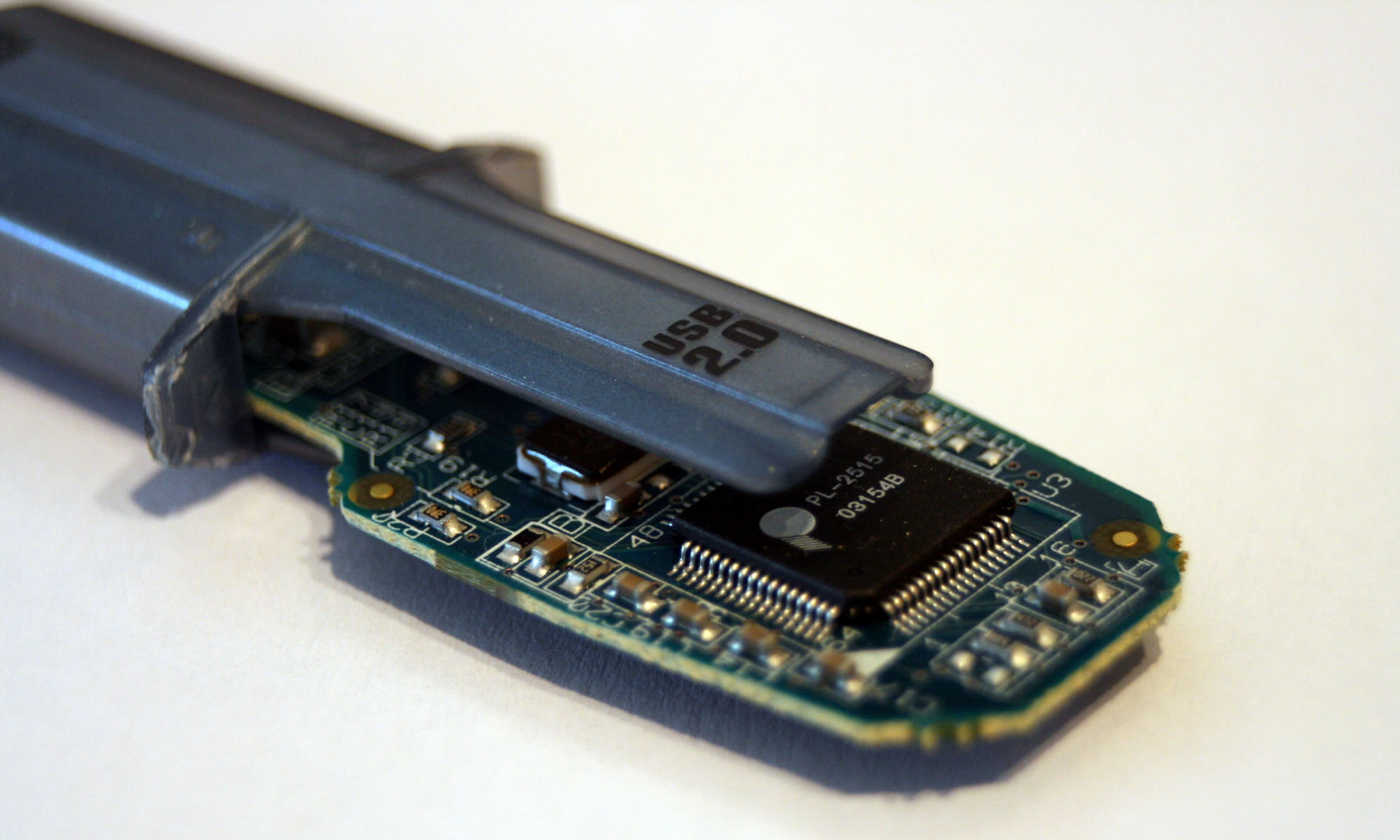
So what do I think of Google+ then?
Well unlike other Google beta products it was quite easy to get an invite and once I was in, it was easy to create as Google call them circles of friends.
I don’t really use my Google Mail account for email so as a result in the past when approaching services such as Buzz and Wave I found I couldn’t connect with many people. As a result there wasn’t the network effect. I think part of the reason that Buzz and Wave didn’t take off was that most people I know don’t often mix social networking with email communication. So will the same happen with Google+?
Possibly!
Once I had created some circles I had some conversations and tried the features that you find in it. It reminds me of both Jaiku and Friendfeed but with all the style of Google. I do wonder why Google design their services in the way that they do. They must employ designers and UI specialists, however I just find myself finding the design very functional. The actual core function of Google+ though is working for me and I have noticed I am spending more time with Google+ than I am with Google.
The good news is that an iPhone App for Google+ is already with Apple and pending approval it should really improve the mobile experience on iOS. I’ve not had a chance to try it out on my Android phone, but from what others are saying it works really quite well.
Still some way to go for the service to go and as with any service it’s less the functionality and much more the network of people that will determine if this will be successful or not. If my colleagues and friends use the service than I will, if they don’t I won’t. Yes I know that is a chicken and egg scenario, but that is just the way it is.







